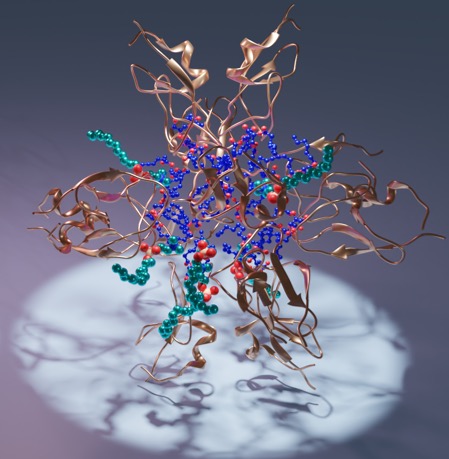For 30 years researchers have tried, and failed, to resolve the structure of a key regulatory domain of protein kinase C (PKC). Because improper function of PKC is at the crux of many human diseases—such as Alzheimer disease, cancer, and AIDS—understanding how it is regulated is essential in designing effective therapeutics.
At long last, scientists at Texas A&M have described the structure of the C1 domain in the PKC protein via X-ray crystallography with data collected at the Berkeley Center for Structural Biology’s beamline 5.0.2.
Due to the intense challenge in crystallizing the C1 domain, the first step in X-ray crystallography, scientists long considered it an impossible task. By some happy accident however, the authors of the Nature Communications article managed to form C1 domain crystals in an old tube they had used for a different technique.
Optimization of crystallization conditions following the serendipitous formation in the tube then allowed the researchers to resolve several C1 structures that could provide vital information in testing potential drug candidates.
Read more in this Texas A&M article.




